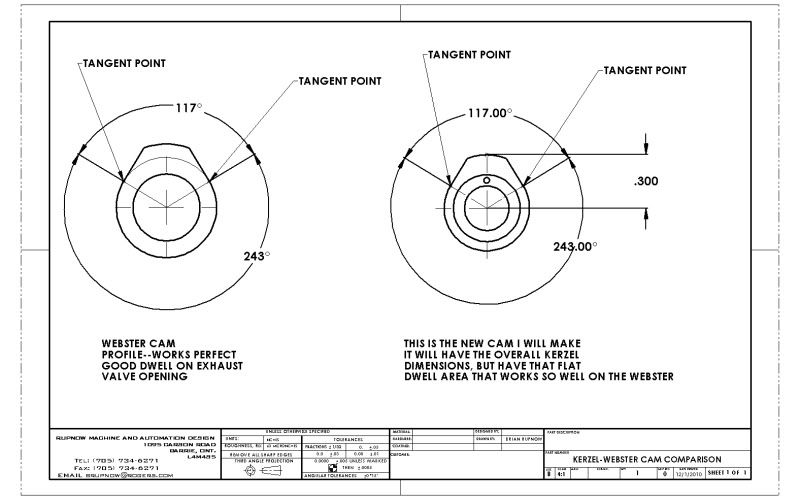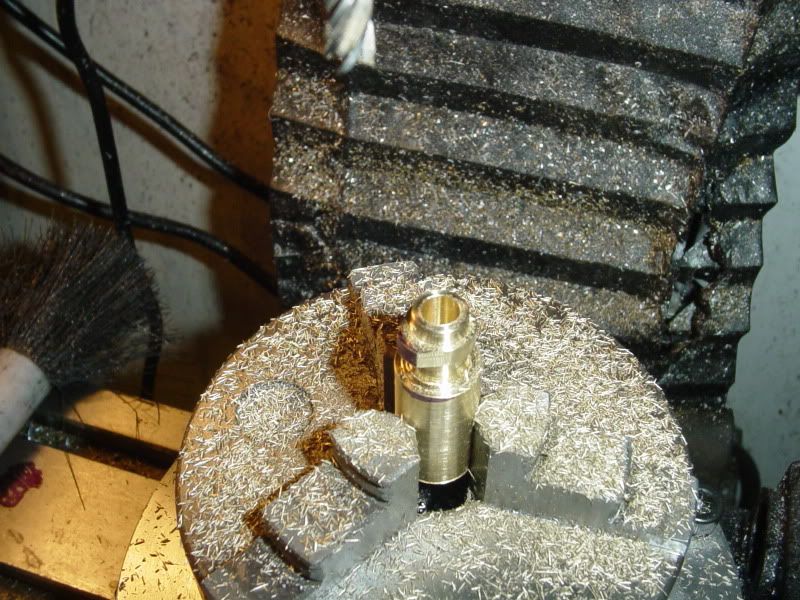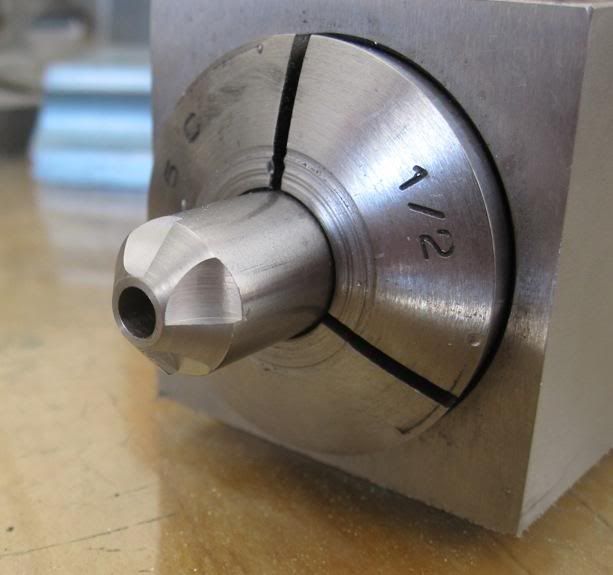- Joined
- Feb 17, 2008
- Messages
- 2,330
- Reaction score
- 446
Nick, you are right. That is a separate issue from what I was talking about, but also applies. I just pulled up the Tiny drawing and checked to see what I had done on it. Without allowing for valve lash, I had 110 degrees of exhaust from start to finish. With a 0.005 allowance for lash it dropped to 105 and with 0.010 lash it dropped to 99 degrees. Those are cam degrees, so double those numbers for crankshaft degrees. It has a flat cam follower which is not affected by lash as much as a roller follower. I think it could use another few degrees added to open the exhaust a little earlier, but I don't think so enough to make a new cam.
Gail in NM
Gail in NM








![DreamPlan Home Design and Landscaping Software Free for Windows [PC Download]](https://m.media-amazon.com/images/I/51kvZH2dVLL._SL500_.jpg)































![MeshMagic 3D Free 3D Modeling Software [Download]](https://m.media-amazon.com/images/I/B1U+p8ewjGS._SL500_.png)























